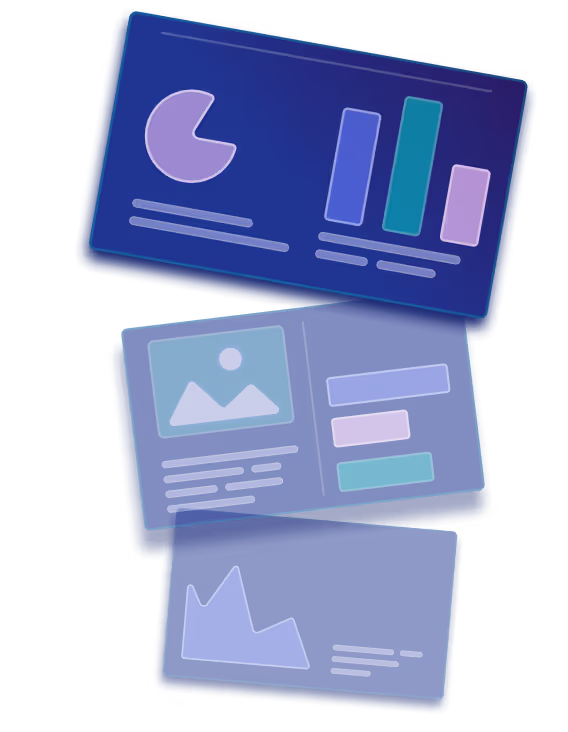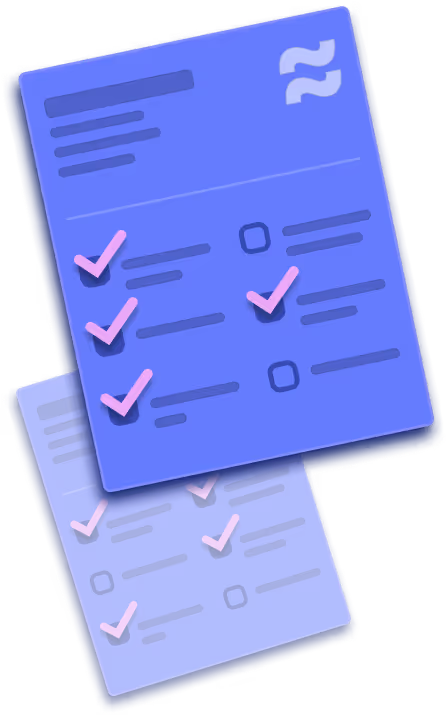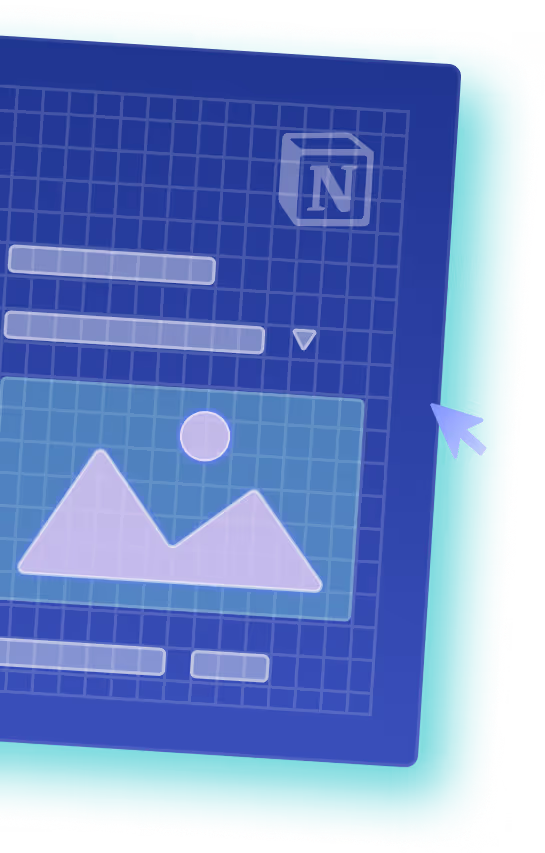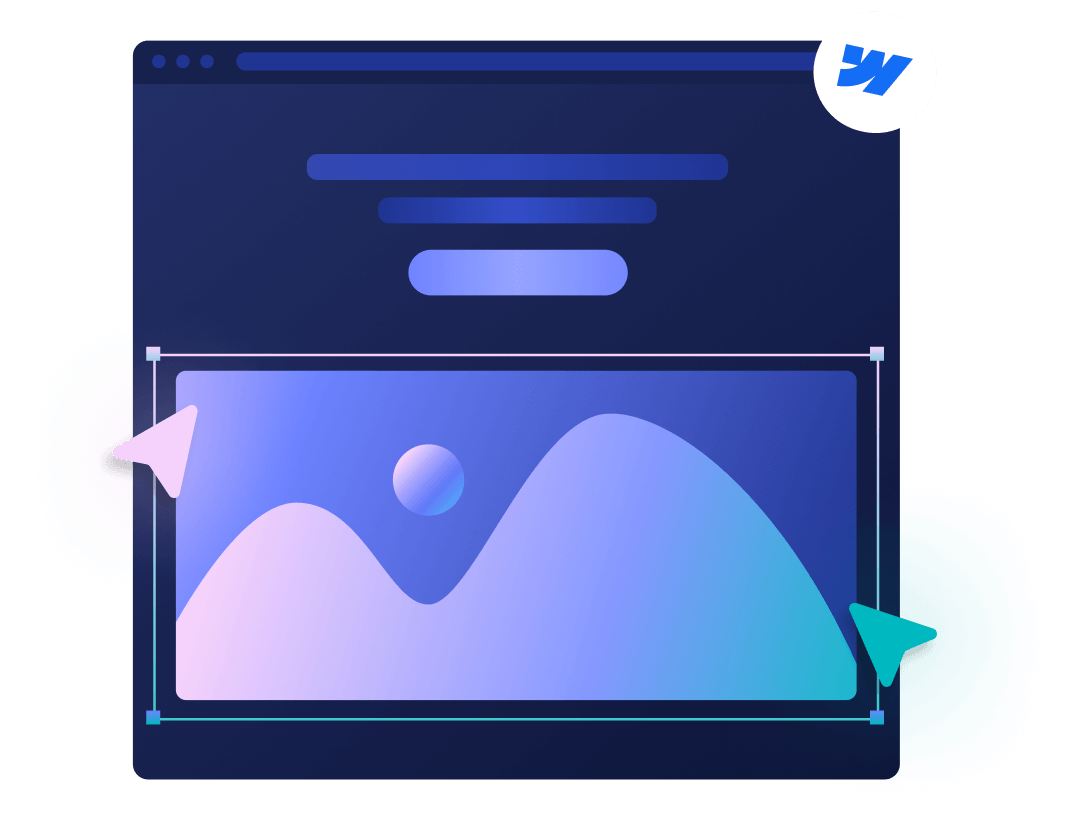-min.png)
The 4 Types of Search Intent (And How To Optimize Your Content)
Key takeaways
It's no secret: Content is king in the digital world. However, when producing and publishing content online, you have to align it with what your target audience is looking for. That's where unraveling the search intent becomes essential.
Simply put, search intent is the motive behind the search engine query. But what exactly is it, and what are its different types? More importantly, how do you optimize your content for this?
Read on to find out the answers to these critical questions. Let's dive right in!
{{cta}}
What Is Search Intent?
Search intent is exactly what it sounds like—the intention behind searching online. It's simply the underlying reason why users are looking for something, whether information, products, or services, on the web. In other words, search intent is their primary purpose for asking a specific query on the search engine.
Cases in point:
- Looking for a piece of information to make informed decisions?
- Seeking to buy a new product or hire a particular service?
- Want to get the latest news updates in your niche or industry?
In short, search intent is the motive behind a search query; However, this varies from one type to another. For Google's Search Quality Evaluator Guidelines, search intent can be classified as follows:
- Know query: Users want to get a piece of information, whether products or services.
- Do query: Users aim to accomplish something or perform an activity.
- Website query: Users look for a particular web page or site on the Internet.
- Visit-in-person query: Users seek a specific company or organization, sometimes a business category.
Further, discover the four types of search intent in the next section.
Four Types of Search Intent
Search intent comes in four different types. Are you looking for mere information, finding a specific website, researching for a product/service, or completing a transaction? Have a sneak peek of the four types of search intent below:
Types of Search Intent
- Informational Intent
This is when someone is seeking information or knowledge.
Example: “What are the four types of search intent?” - Navigational Intent
This is when someone is trying to find a specific website.
Example: “Official website of Flow.ninja” - Commercial Investigation
This intent involves comparing options in preparation for a future transaction.
Example: “Best digital marketing agencies in 2025” - Transactional Intent
This is when someone is ready to take action, such as making a purchase or hiring a service.
Example: “Order quality iPhone 16”
Let's expound on each of these types.
- Informational intent: As the name suggests, this type of search intent focuses on getting information—not necessarily taking action. For example, users who plan to manage their finances well this year will most likely search for "financial tips in 2025." Those in debt will probably seek debt relief or debt consolidation programs online. These pieces of information can help them handle their finances efficiently and effectively.
- Navigational intent: This type of search intent allows users to navigate on the web since they're looking for a particular website. They usually start with the search engine by typing their query on the field, which takes them from the search engine results pages (SERP) to their target website. Oftentimes, they toggle from one web page to another until they see exactly what they need.
- Commercial investigation intent: This type of search intent drives users to investigate online so they can finally make a decision or complete a transaction. Suppose an e-commerce entrepreneur runs a t-shirt printing business using a platform like Printful, and a client makes a bulk order. This user will most likely search for affordable yet quality t-shirts not only to save on expenses but to satisfy their valued client.
- Transactional intent: As the name implies, this type of search intent aims to make a specific transaction. As cited, users either seek to purchase their much-coveted product (the latest gadget) or avail of a particular service (get a plumbing service). Unlike commercial intent, where users have yet to decide, these users already know what they want and are ready to complete their desired action.
Learn the key steps for optimizing your content for search intent in the next section.
How To Optimize Your Content for Search Intent
Businesses invest in content marketing due to its potential benefits for customer engagement, lead generation, and sales conversion. Some go as far as hiring digital marketing services to ensure they create content that truly converts. In fact, the global content marketing market could grow from $413.3 billion in 2022 to $1.96 trillion by 2023 at a 16.9% compound annual growth rate (CAGR).

Here's the thing: Content marketing evolution is one of the marketing trends 2025. Think of the dominance of short-form videos, the rise of AI-generated content, and the resurgence of long-form content. However, always keep the search intent in mind to make them work.
If you align your content piece with the search intent, you'll reap the following benefits:
- Online visibility—rank high on SERP for relevant searches.
- Website traffic—drive more traffic to your business website.
- User engagement—connect well with your target audience.
- Lead generation—generate more leads for your business.
- Sales conversion—turn visitors into actual customers.
So, how do you optimize your content for the search intent? Follow the crucial steps below:
1. Study your target audience
The initial step is to research your target market to unravel their content needs, interests, and preferences. Specifically, what search queries do they most likely have, and how can you align your content pieces with these? Keep in mind that audience research is the top factor for a successful content marketing campaign; SEO only comes secondary:

- SERP analysis: Checking the SERP is a great way to see what people are looking for. Just search your keyword, review the top results, and note common themes and content styles. This can help you create content that better matches what searchers want.
- Query's language study: Pay attention to the language in search queries since it reveals what users really want—words like "how," "best," or "cheap" can signal different intentions. Even word order matters; for example, "ingredients for dog food" suggests DIY recipes, while "dog food ingredients" points to learning about commercial products.
- SEO tool leverage: Consider leveraging some of the best Webflow SEO tools or Ahref's Content Explorer to optimize your content much easier and faster. They help you find the right keywords, track your rankings, and spot ways to improve your site's performance.
2. Discover their search intent
The next step is to identify your target audience's search intent after your market research. This goes beyond determining if it's informational, navigational, commercial, or transactional. It requires incorporating relevant keywords into your content—the words or phrases they're most likely to use when searching online.
But here's the catch: As Google updates its algorithms, it continues to lean further into the contextual relevance of the content on your page and how that relates to the search intent of a customer as a ranking factor on individual SERPs.
This means that your content needs to be thoughtful and insightful. Gone are the days of keyword stuffing or simple page title tweaks to allow you to move up the rankings. Google now considers how well your site builds customer loyalty, how well it responds to your users' questions, and how accurate and trustworthy your content is deemed to be.
When you write your website's content, you first need to understand the intent of the page and what you want the user to experience on their journey to that page, and then you need to provide the information they would be looking for.
3. Create content for your audience
Now, it's time to produce and publish pieces of content after discovering your target audience's search intent. As mentioned, aligning your messaging with search intent is key to content marketing success. Likewise, craft the perfect content funnel to drive engagement, leads, and sales to make it work for your business.
What types of content should you create for your target audience? Of course, it depends on their search intent and content needs. However, Forbes Advisor lists the high-performing content marketing types: Videos (45%), short-form articles (31%), success stories (28%), long-form blog posts (24%), and case studies (19%).
That said, below are some of your content options:
- Blog post: A blog post shares helpful tips, insights, or news to inform and engage reader.
- Product/service page: This page highlights what your product or service offers and why it's valuable.
- Case study: This study shows real-life success stories demonstrating how your product or service solves problems.
- White paper: This paper dives deep into a topic, offering detailed insights and expert advice.
- Resource page: A resource page gathers valuable links, guides, or tools in one place for easy access.
- Product photo: A product photo visually showcases your item to attract and inform potential buyers.
- Infographics: Infographics present data or ideas in a clear, engaging visual format.
- Promotional videos: Promotional videos highlight your product, service, or brand in a compelling way to grab attention.
4. Track your content performance
Once you produce and publish your content on your blog, website, or social media, you can now rest. Heed our advice: The work doesn't stop there. You have to monitor your content marketing strategies for Webflow websites. More importantly, measure them against your set key performance indicators (KPIs) to see if they work for your business. That will guide you in your content optimization tactic.
That said, follow the crucial steps below.
- Set key metrics. Choose specific data points to track, like page views, clicks, or social shares. These metrics will help you see how your content performs and what resonates with your audience.
- Monitor performance. Keep an eye on your content's progress by regularly checking your metrics. This helps you spot trends, see what's working, and identify improvement areas.
- Measure against KPIs. Compare your results to your key performance indicators (KPIs) to see if you meet your goals. This step shows whether your content is driving the outcomes you want or if you need to adjust your strategy.
5. Optimize your content strategies
Finally, you've reached the last step: Content optimization. After monitoring and measuring your content performance, you know what area of improvement to address. In most cases, you have to perform the following:
- Conduct keyword research: Find the right words or phrases your target audience is searching for to help your content rank higher on SERP for relevant searches.
- Perform competitor analysis: Using reverse engineering competitor listings, study your competitors' content to see what's working for them and use those insights to improve your own.
- Optimize content for SEO: SEO techniques include title tag and meta description optimization, content formatting (H1, H2, bullet list, etc.), keyword integration, and crafting killer CTAs, among others.
- Write for humans, not SEO: Sure, SEO is essential for your content ranking. However, focus on creating helpful, engaging content that resonates with your audience naturally.
- Demonstrate EEAT in content: Consider Google algorithm's update on E.E.A.T: Experience, expertise, authority, and trustworthiness. They help build credibility with both your readers and the search engines.

- Give your content a KISSS: Keep it short, simple, and sweet. Ensure your writing is clear, concise, and easy to follow for readability and better engagement.
- Humanize your AI-looking content: Only use AI tools in your content ideation, outline, and research, not in the actual writing. If not, leverage AI humanizer to make AI-generated text more natural and relatable.
- Incorporate compelling visuals: Add eye-catching images or videos to make your content more engaging and memorable.
- Edit and proofread your content: Review it carefully to fix errors and ensure it's clear, accurate, and professional.
{{cta}}
Final Words
Understanding search intent by heart is crucial for content marketing success. Familiarize yourself with its different types, whether informational, navigational, transactional, or commercial. More importantly, align your content pieces with the search intent.
But how do you go about doing so? Follow the crucial steps above to optimize your content for search intent.
Study your target audience, create relevant content, monitor your performance, and optimize your strategy consistently. With all these steps, you can create content that engages customers, generates leads, and even converts sales!
Ready to take your content marketing to the next level? Don't forget to keep the search intent in mind for your content optimization. If you need help, work with a full-service web development/digital marketing agency—contact us today!






.svg)












.png)










.svg)

.png)
.png)
.webp)
.svg)

